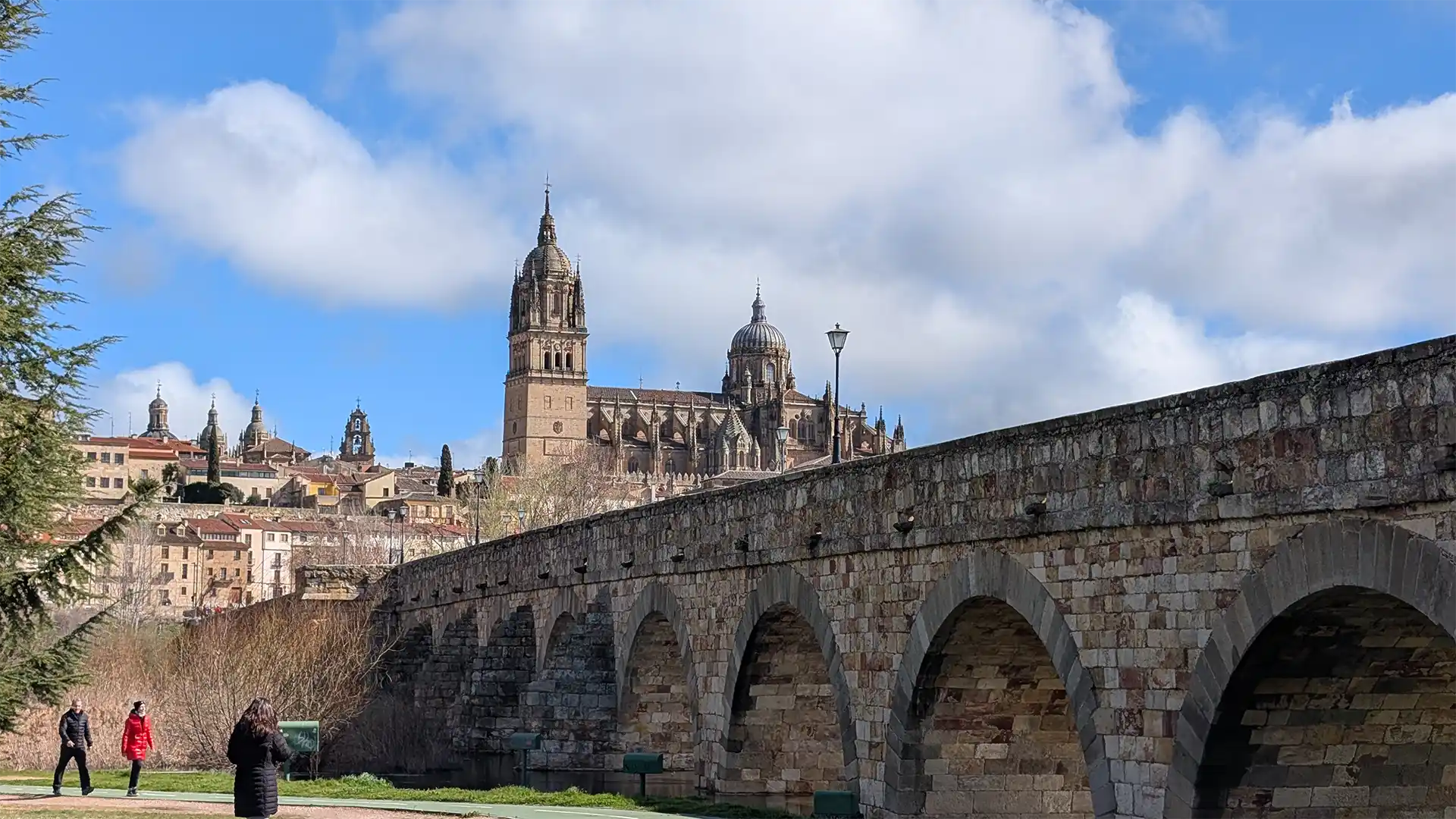Salamanca is an easy city to enjoy. The old town is compact, attractive and full of history, but it doesn’t feel like a museum. Lively streets, busy bars and a constant student presence give the city a rhythm of its own, beyond tourism. Visitors find a vibrant place with good food, well-kept landmarks and a pace that makes you want to stay a little longer.
This guide brings together essential information to help you plan your trip, with practical suggestions based on real experiences. Everything you need to decide when to go, how to get there, what to see and where to eat well during your stay.
When to visit Salamanca
SALAMANCA WEATHERSalamanca can be visited all year round, but each season offers a different experience.
- Spring (April to June): Temperatures range from 12°C to 25°C, with longer days, little rain and comfortable weather for walking. It’s one of the best times to visit, with blooming gardens, good natural light for photography and a manageable number of visitors at the city’s main attractions.
- Summer (July and August): It can get really hot, with highs exceeding 35°C on the hottest days. The city becomes quieter due to the university holidays, though it still receives a steady flow of visitors. Most attractions remain open and operating normally.
- Autumn (September and October): Temperatures drop to between 10°C and 22°C, with dry and stable weather. The conditions are ideal for sightseeing, as the intense summer heat has passed and the city remains active. September also brings the Salamanca Fair, the city’s main annual celebration.
- Winter (November to March): This is a less popular time to visit, but ideal for those who prefer quieter destinations. Temperatures generally stay between 0°C and 10°C, with occasional morning frost. The weather is dry and the days are shorter, but with suitable clothing, it’s entirely possible to enjoy the city’s main sights.
It rains very little in Salamanca throughout the year, but the months with the highest chance of rain are November, March and April. Even then, showers tend to be light and short, and rarely interfere with sightseeing. In summer, rain is almost non-existent.
Peak tourist season in Salamanca
- July and August: Despite the heat, this is when many people travel around Spain, especially international visitors. As it coincides with school and university holidays, Salamanca does receive tourists, but the city often feels quieter than usual as many locals and students leave. The result is a visible tourist presence with a generally calmer atmosphere.
- Holy Week (March or April): This is when the city gets the most crowded, with both tourists and locals returning to visit family or take part in religious processions. Accommodation can sell out well in advance.
For most of the year, Salamanca has a steady and manageable flow of visitors, with occasional peaks during public holidays and local events such as Lunes de Aguas and the Salamanca Fair.
Traditional festivals and events in Salamanca
- Holy Week (March or April): One of the city’s most important religious celebrations, featuring solemn processions organised by 18 brotherhoods.
- Lunes de Aguas (Monday after the Sunday following Easter): A local celebration marking the return of women (working) who were sent out of the city during Lent in medieval times. Today, people gather along the river for picnics and barbecues.
- San Juan de Sahagún (12 June): A festival in honour of Salamanca’s patron saint, with processions and various activities throughout the city.
- Salamanca Fair (early September): Held in honour of the city’s patroness, the Virgen de la Vega. The programme includes concerts, markets, cultural events and a traditional religious procession.
- Castile and León International Arts Festival (June): A cultural event that brings together theatre, dance, electronic music and other artistic performances.
- Municipal Book Fair (May): Held in the Plaza Mayor, this book fair features publishers, bookshops and authors, along with a full programme of talks and activities.
How to get to Salamanca
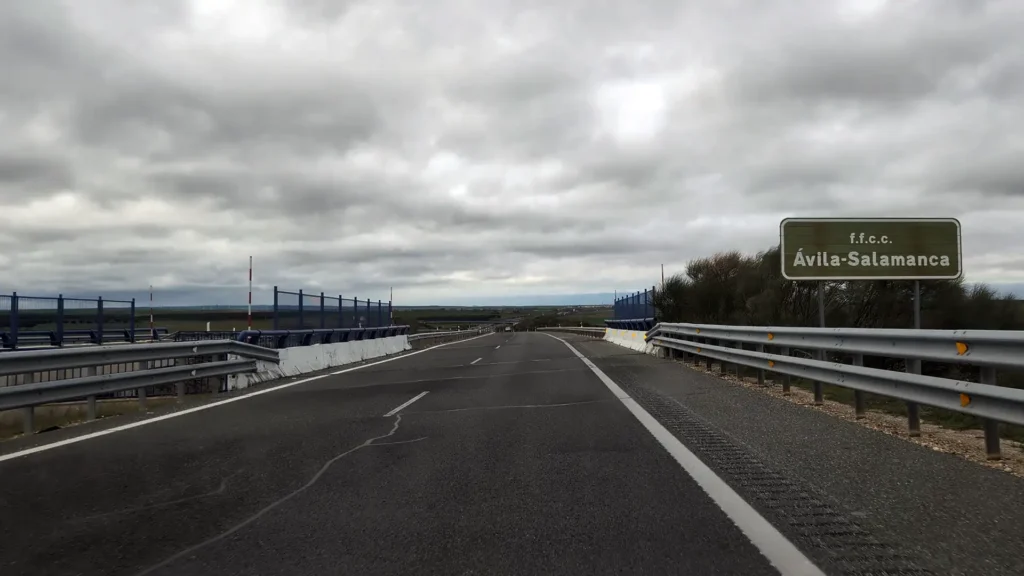
Salamanca is located in the region of Castile and León, in western Spain, about 200 km from Madrid and close to the Portuguese border. The city doesn’t have its own airport, but it’s well connected by train, coach and major roads. Both the train and bus stations are near the city centre, making arrival and onward travel easy even without a car.
The most common route is from Madrid, but there are also direct connections from cities such as Valladolid, Ávila and Zamora. Travellers coming from Portugal can cross the border via Ciudad Rodrigo, with relatively short journeys from towns like Guarda or Coimbra.
Coming from Madrid?
From the capital, you can reach Salamanca by train (around 1h30), coach (2h30-3h30) or car (2h-2h30, with or without tolls). All options are suitable for a one or two-day trip.
What to do in Salamanca
Salamanca’s old town is compact, well signposted and easy to explore on foot. The city is home to medieval landmarks, grand churches, historic universities and some of the best urban viewpoints in Spain. You can see the main highlights in one or two days, but staying longer allows time for museums, exhibitions and quieter, lesser-known spots.
Here are a few highlights:
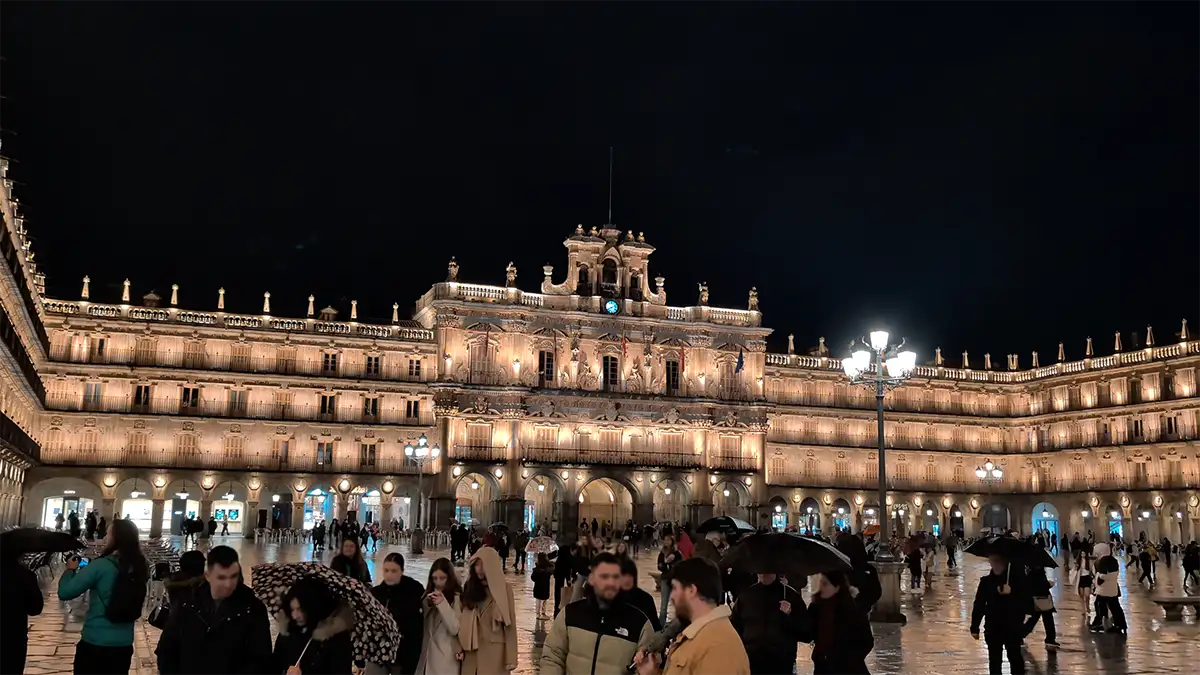
Plaza Mayor
The heart of the city and its most iconic meeting point. Bustling in the evening and beautifully lit at night.
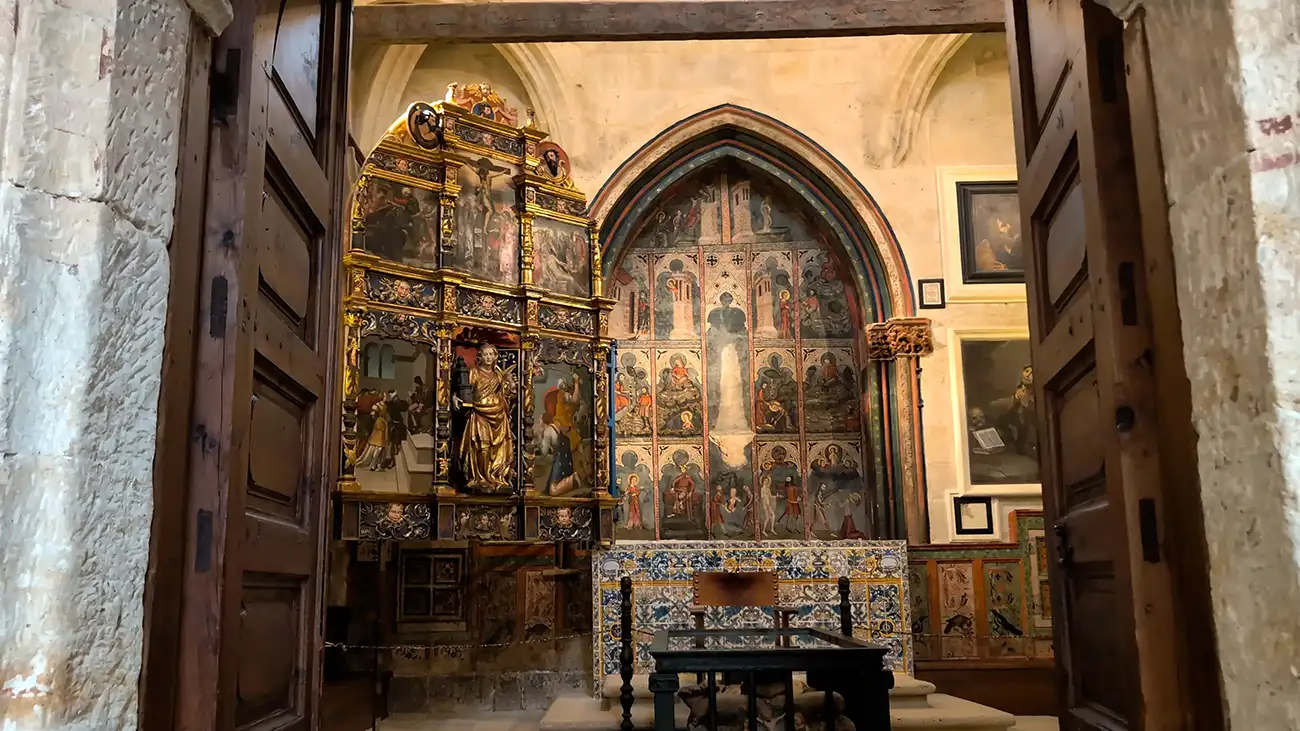
The cathedrals of Salamanca
The New and the Old Cathedrals are visited together. The New impresses with its size, the Old with its atmosphere and paintings.

University of Salamanca
One of the oldest universities in Europe. Even if you don’t go inside, it’s worth spotting the famous frog sculpture on the facade.

Convent of San Esteban
A monumental interior and one of the most beautiful cloisters in the city. Also includes exhibition rooms and a striking church.
And there’s much more
Casa de las Conchas, Ieronimus, Cueva de Salamanca, City Wall Interpretation Centre, Convent of Las Dueñas, La Clerecia, Scala Coeli, Casa Lis, Huerto de Calixto y Melibea…
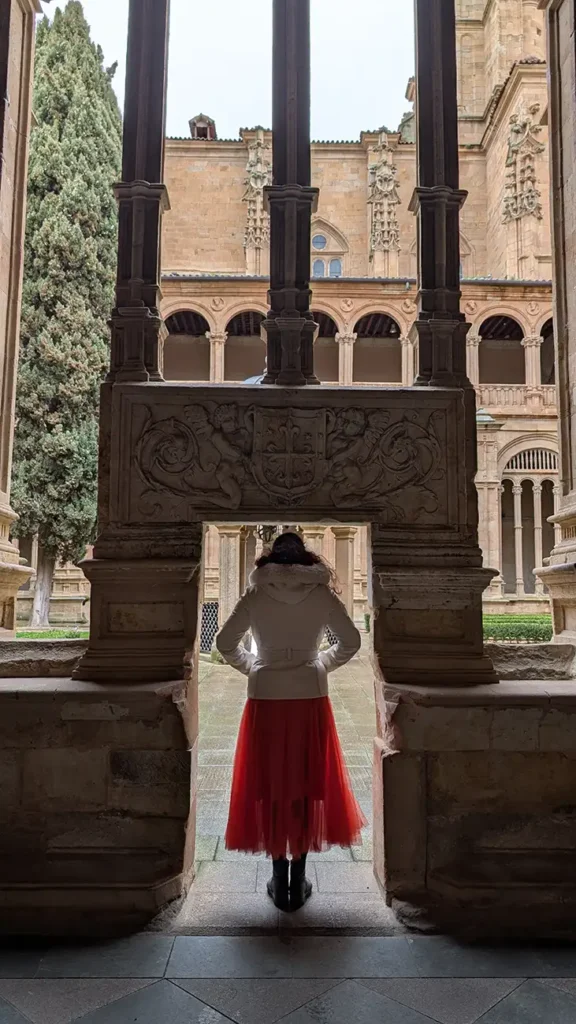
Where to eat in Salamanca

Salamanca has a diverse food scene, with everything from simple, busy bars to more refined restaurants. It’s easy to find good places to eat, and the local tapas culture is still strong, although in Salamanca they are almost always paid separately.
We have selected places we actually visited, grouped by type of experience to help you plan your food stops.
More “foodie” options
For those looking for something beyond the basics, with well-prepared dishes, seasonal ingredients and a good wine list:
- Tapas 3.0: reworked tapas with attention to flavour and presentation
- Vinodiario: creative dishes and local artisanal wines
- Corte & Cata: traditional techniques with a modern approach
Classic bars
Local favourites with straightforward tapas, lively counters and a relaxed atmosphere:
- Bar La Viga: known locally for its roasted pig’s head
- Hostería Casa Vallejo: a classic spot with a wide range of award-winning tapas
Van Dyck street
A favourite among locals, with dozens of bars side by side, affordable prices and a laid-back tapas style:
- La Fresa: homestyle dishes and traditional flavours
- Van Dyck 50: simple tapas and a lively setting
- Don Cochinillo: best known for its roast suckling pig
Want to know more?
In the full article, you will find an interactive map with all the locations, plus details on each place, photos, what we ordered and tips to plan your own food route.
Salamanca is a compact city, easy to explore and full of attractions that are genuinely worth visiting. It’s perfect for a short getaway or a few extra days, offering a varied itinerary without rush, rich in history, good food and impressive views.

